Date: 03 Jul 2023
Healthy plants need moving air. Every grow room needs at least one oscillating fan to ensure constant air circulation. Moving air has a number of benefits for plants.
At a minimum, the moving air should move all the leaves of the plant to ensure access of fresh air to the stomata of the leaves. In stagnant environments, stagnant air can accumulate on the underside of leaves around the stomata and prevent efficient gas exchange. This leads to undesirable consequences such as suppression of plant growth; weakening of the stems, drooping of the leaves and other symptoms reducing the efficiency of the plants.
Moving air greatly strengthens plants; stems and stalks become thicker, stronger and tougher, and final yields are higher.
Moving air also helps cycle humidity in the growing environment by aiding evaporation. In addition, it prevents the appearance of pathogens caused by the accumulation of moisture on the leaves during their transpiration. Mold loves nothing more than a moist and warm environment.
AIR EXCHANGE
With a higher budget, the introduction of an air exchange system stimulates better growth. Air exchange requires an inlet for fresh air and an outlet for stagnant air.
On an even bigger budget, incorporating an activated carbon carbon filter in the air duct will minimize odor.
Air inlets are passive and can take different forms; however, they are always located at the bottom of the grow room, either in the floor if it is raised, or in the wall. When placing openings in the grow room, the main consideration is light control. A simple slot, vent, or series of holes will provide sufficient air flow but may be indiscreet with respect to light. Using a piece of ductwork with a bend or a double wall configuration stops light leakage. The easiest thing to remember is that light can't pass through corners, so introducing a fixture with some sort of bend keeps your grow discreet. Also, provide some kind of pest barrier to deter any critters that want to come in and feed on your plants.
An air inlet means there will also be an air outlet or exhaust system, ideally with a carbon filter attached. Exhaust systems take stale air and heat out of the grow room and bring in fresh air. Where possible, it is desirable to vent to the outside to prevent heat build-up indoors, or to recirculate the same air back into the system. This can often be a challenge, but air ducts are the solution to air distribution problems.
The capacity of the outlet fan is determined by the volume of the grow room. Multiplying the length x width x height will give you the volume of the grow room so you will know what fan will be suitable.
CLIMATE CONTROL
Plants thrive when the climate is controlled in terms of humidity and temperature, with some parameters ideal for vegetation and others for flowering.
Humidity can be easily controlled using a dehumidifier; dual-action devices are also available that humidify or trap moisture when needed.
During the growing season, a moist and warm environment increases growth rate, while lower humidity and temperature increase bud development.
The temperature can be controlled with small, portable air conditioners. Many humidity-changing devices and heaters are equipped with built-in thermostats and hygrometers, so they turn on and off according to the demands of the environment. Just set them up and be sure your plants thrive at every stage; automating all of this makes farming much easier.

 New products
New products 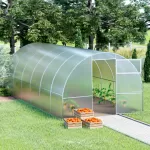
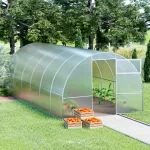
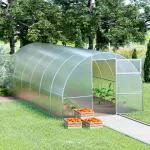
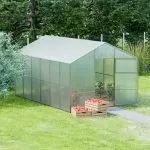
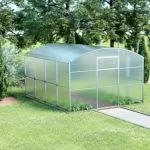



































































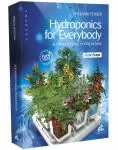
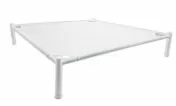
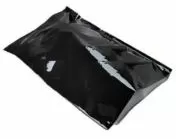
 Presents
Presents




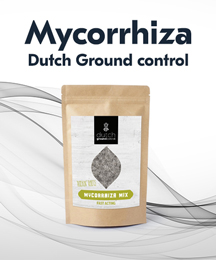




Post comment